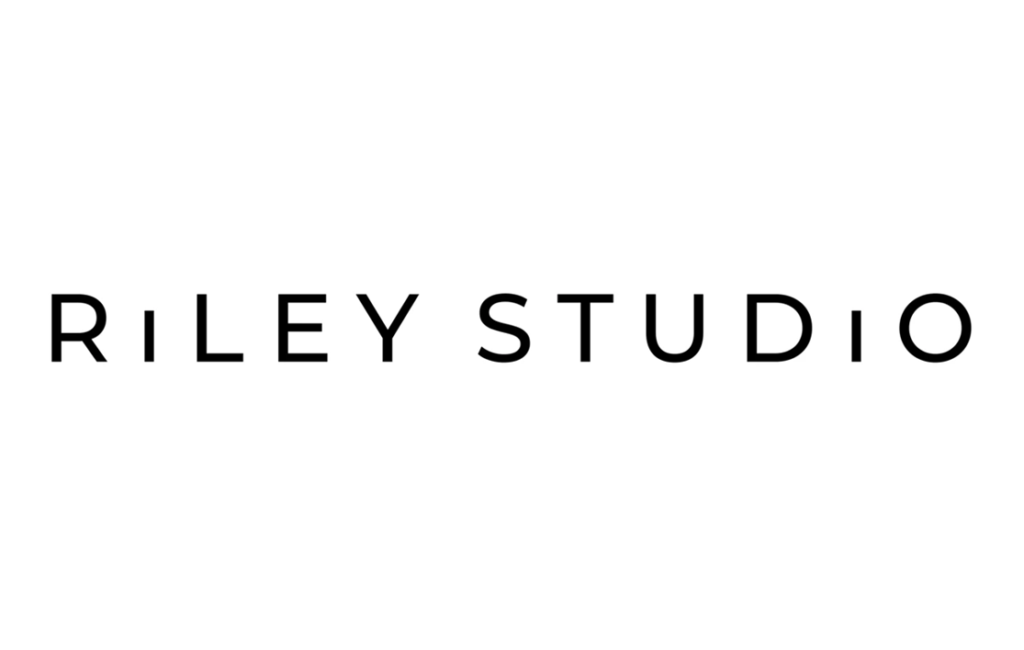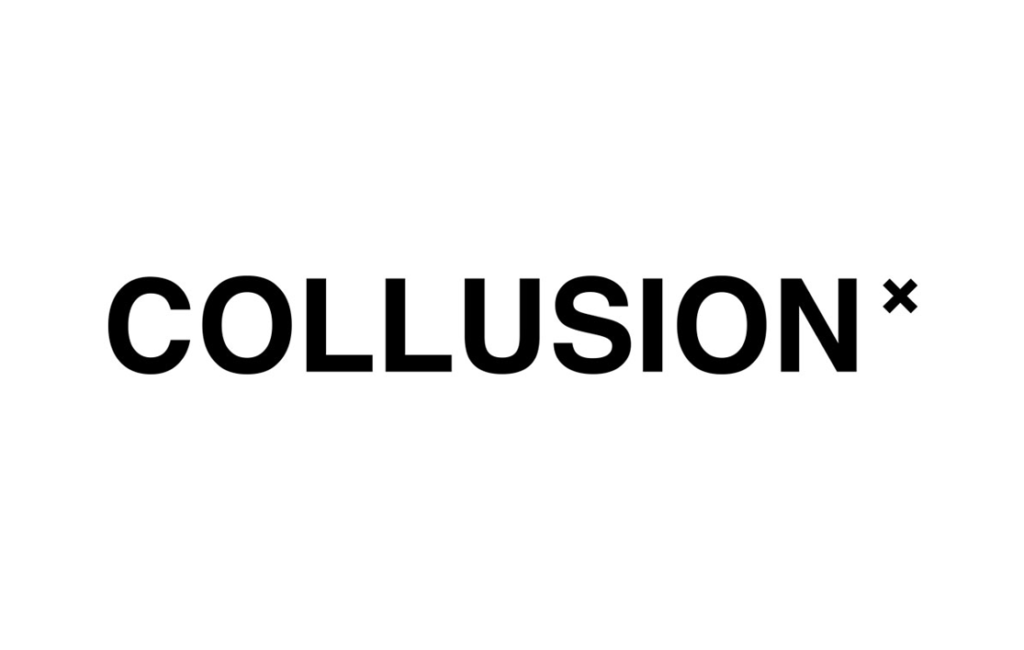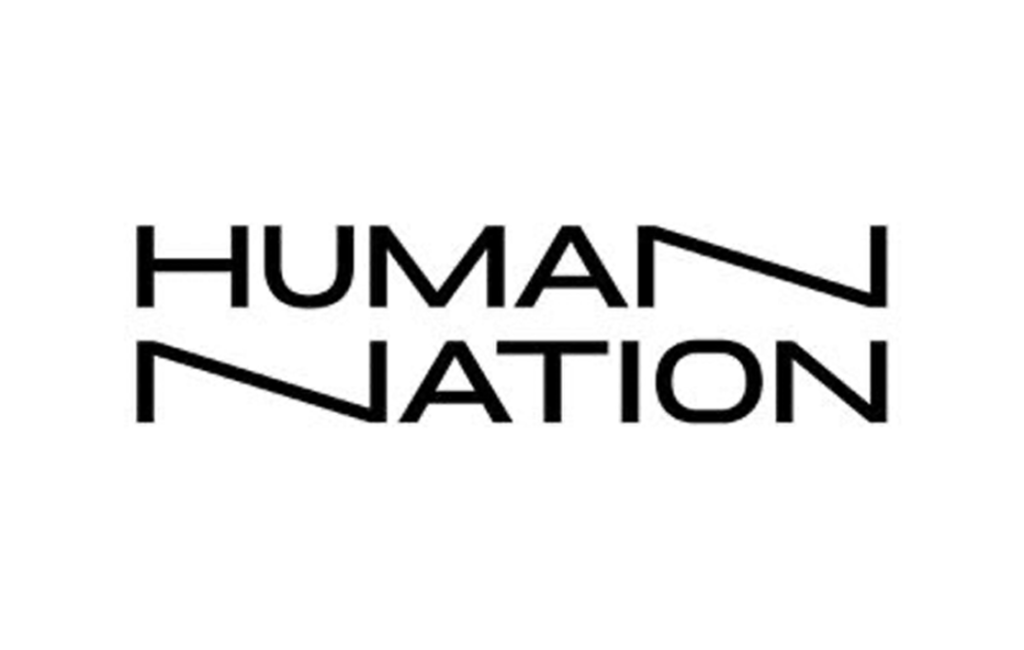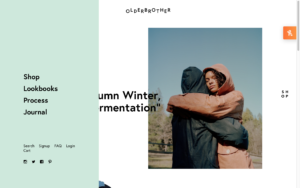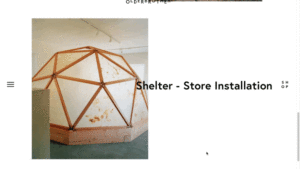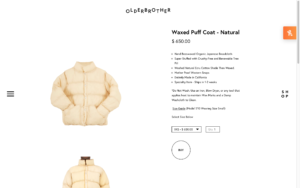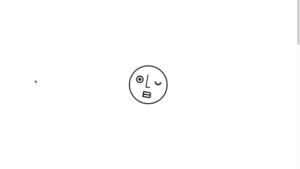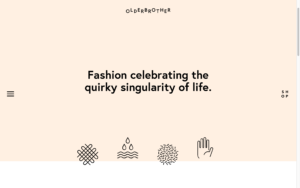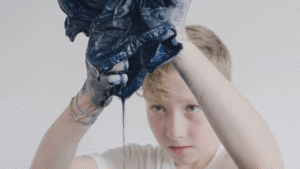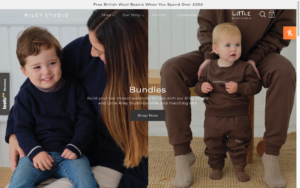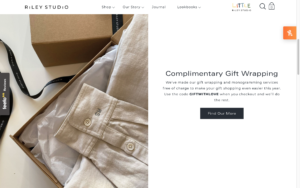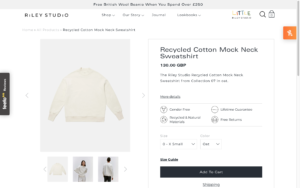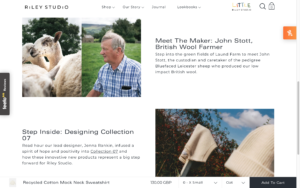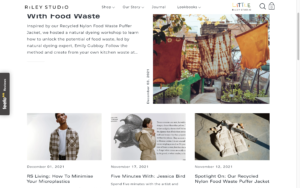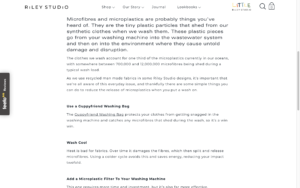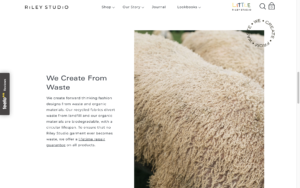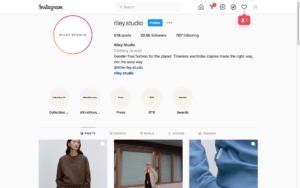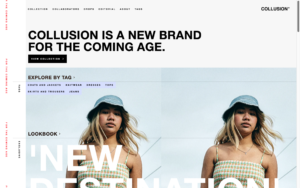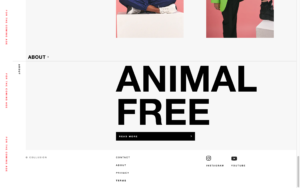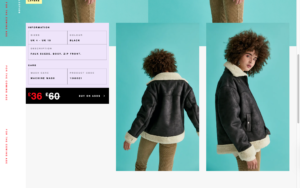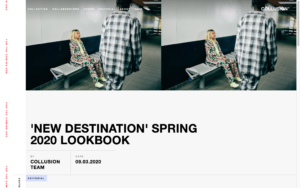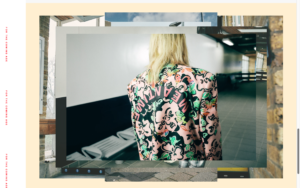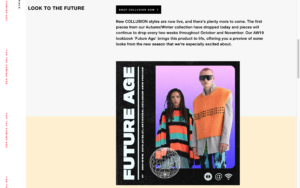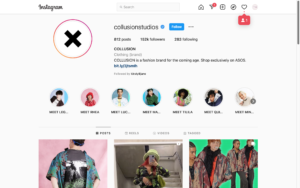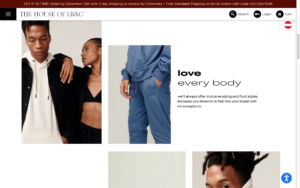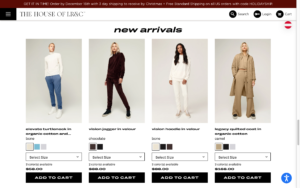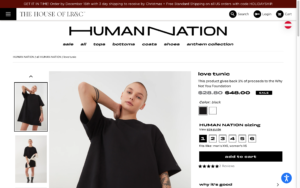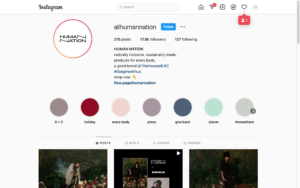As mentioned within my last blog post, I plan to experiment with the boundaries between stereotypically assigned female and male design, where exactly these boundaries lie and where gender neutrality could be perceived.
Next steps
1. Plan:
- Set up experiment parameters
- Set up areas to experiment within
2. Experiment
- Research & produce pictures
- Research typography, logos, etc.
- Design advertising with mix of male/female characteristics
3. Conclusion
For that, I want to begin with setting some parameters within the research and define which areas I want to experiment within. This will give me a brief overview of how the experiment can be conducted. Then, I will produce material for the experiment through photography, researching online, downloading fonts, etc. Next, I can use the materials I collected and start composing designs with different elements to experiment with the use of “female” vs “male design”. After a number of examples are done, I will ask participants to choose if they consider the design more male or female or even gender neutral.
1. Plan
Firstly, I want to give the experiment some sort of structure so I can somewhat compare my findings in the end to come to a conclusion, even though it is an experiment and changes could occur throughout. To stay within the topic of branding, I would like to use the components of the corporate identity: logo, typography, colours, graphics and imagery, with images being the focal point of the experiment. For photography, I will not have any limitations to the subject but will rather see which industries and imagery inspire me to use within this testing.
2. Experiment
After researching and taking pictures, I will combine the stereotypically male vs female images with one, two, three or four components of the opposite gender. For example: I will use a “female” image with stereotypical attributes such as friends, flowers, shopping, etc. and combine those with male characteristics within logo, colours, graphics and typography. Here the question then lies if even replacing one component like colour will already make the design perceived male or only after 2, 3 or even all others. Also it will be interesting to see if some components will have a stronger influence than others and when the in-between stage lies, so a design can be gender neutral.
3. Conclusion
After the experiment I hope to be able to come to some sort of conclusion. I will summarise my findings and what was interesting and start to categorise the results. I am excited to see what this experiment brings.

